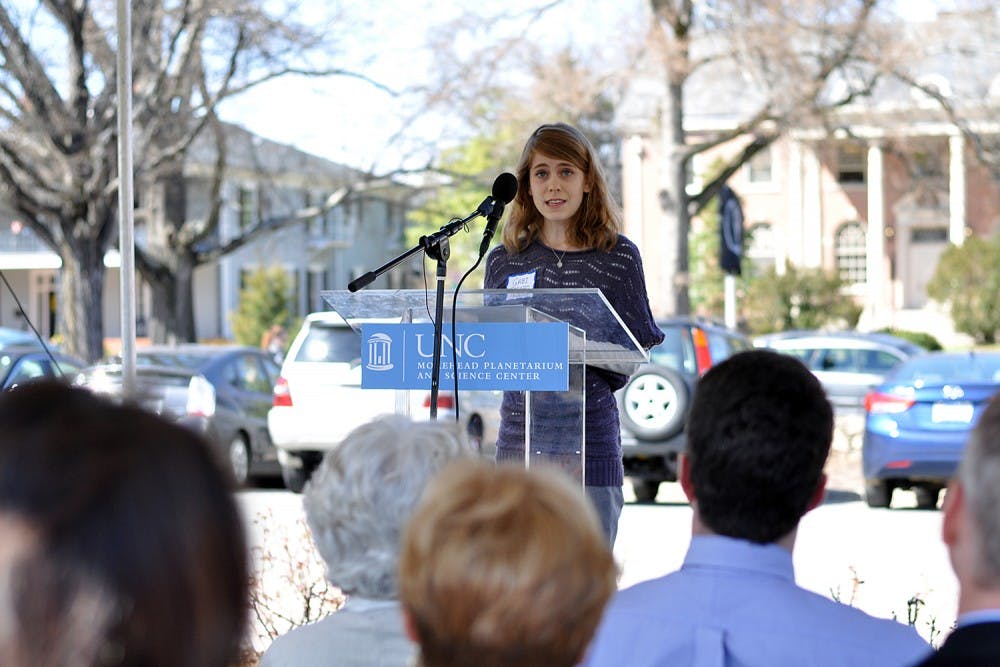Morehead Planetarium provided a celestial navigation training program for NASA astronauts between 1959 and 1975. The program brought 62 astronauts to the planetarium, and the knowledge gained was used in the Mercury, Gemini, Skylab and Apollo missions.
“Because of this program, UNC-Chapel Hill is the only university in the world that can claim 62 astronauts as alumni,” said Todd Boyette, the current director of Morehead Planetarium, borrowing the quote from Tony Jenzano, the director of Morehead Planetarium at that time.
“(Jenzano) outlined the training program, flew to Washington D.C. and convinced NASA that this would happen.”
The program imitated the scenario in which the astronauts had to use their naked eyes to navigate, given the limited view of the small windows on space shuttles, Boyette said, explaining that the main technologies consisted of a star projector and barbers’ chairs.
The star projector displayed all the stars visible to naked eyes to the dome of the planetarium. Staff at the planetarium moved the chair around with the astronauts in it to disorient them and used a device to reproduce the limited view that an astronaut can look through.
“The astronaut did this over and over again to make sure they understood where they were in space so they could navigate and re-enter the Earth’s atmosphere safely,” Boyette said.



